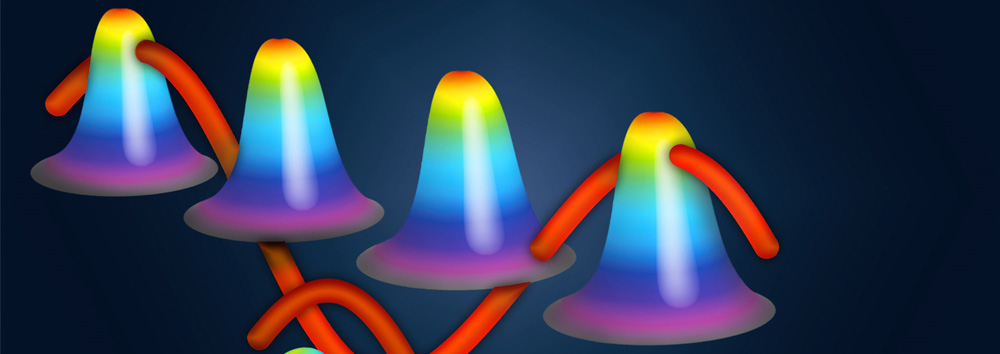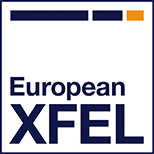Chemical reactions and complex phenomena in liquids and solids are determined by the movement and rearrangement of electrons. These movements, however, occur on an extremely short timescale, typically only a few hundred attoseconds (1 attosecond =10-18 s or one quintillionth of a second). Only light pulses of a comparable duration can be used to take snapshots of the dynamics of electrons. An international team of researchers led by Guiseppe Sansone from the University of Freiburg and including scientists from European XFEL have now, for the first time, been able to reliably generate, control and characterize such attosecond light pulses from a free electron laser.
“These pulses enable us to study the first moment of the electronic response in a molecule or crystal,” explains Sansone. “With the ability to shape the electric field enables us to control electronic movements – with the long-term goal of optimising basic processes such as photosynthesis or charge separation in materials.”
The results have been published in the scientific journal Nature. They open up new approaches for controlling the electronic dynamics in real time, enabling thereby, for example, the study of chemical reactions at X-ray free-electron lasers and the development of electronic devices much faster than those currently used.
About European XFEL
The European XFEL is a 3.4 km long research facility extending from Hamburg to the neighbouring town of Schenefeld in the German Federal State of Schleswig-Holstein. With its repetition rate of 27,000 pulses per second and a peak brilliance a billion times higher than that of the best synchrotron X-ray radiation sources, the European XFEL enables the investigation of scientific problems in a variety of disciplines, including among many others: Structural Biology, Chemistry, Planetary Science, the study of matter under extreme conditions.



